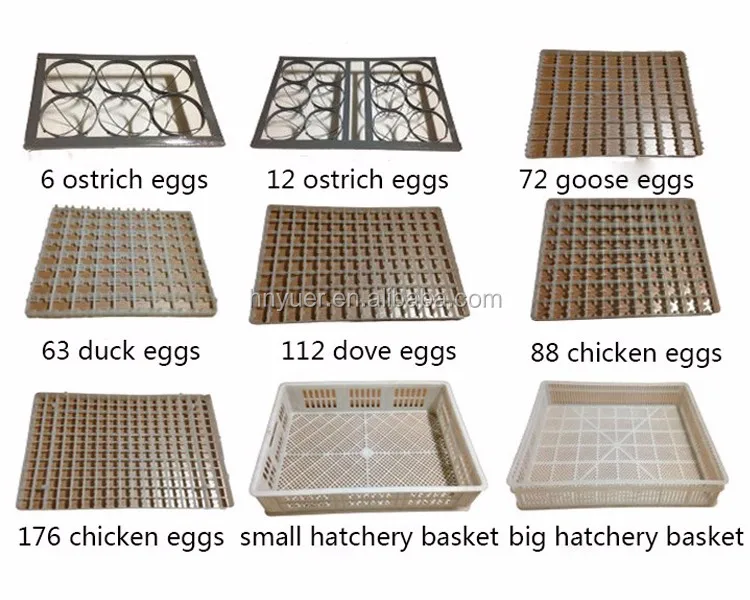

In specific incubators, the eggs are placed between slats in a box that glides across the floor, flipping the eggs as it does so rather than using rails. Typically, these must be purchased separately. If you’re thinking about an automatic turner that uses rails, be sure there are quail egg rails available. but quail eggs’ natural camouflage makes this much more challenging to see. In addition, many people who hand-turn eggs mark the shells with an “x” in pencil. Additionally, because quail eggs have fragile shells, any additional handling risks breaking the egg. Upsetting the humidity and temperature levels. It is feasible to turn by hand, but doing so necessitates regularly opening the incubator.

Rotor Automatic IncubatorĪutomatic turners, especially for quail eggs, are essential, in my opinion. The incubator may begin to lose accuracy or have a tendency to run too hot or cold after several hatches. It’s crucial to read the reviews for the particular model. Additionally, many incubators contain a forced air system that circulates air to maintain a constant temperature. Almost all commercially available incubators have a thermometer and, on occasion, a hygrometer built in (to monitor moisture).

But incubating requires much more time and runs the risk of having a lower hatch rate. Hatching is still possible even without one or more of these characteristics. According to my observations, an incubator must have a fan, hygrometer, automatic turner, and temperature built in (forced air system). The most critical stage in hatching is choosing the right incubator.


 0 kommentar(er)
0 kommentar(er)
